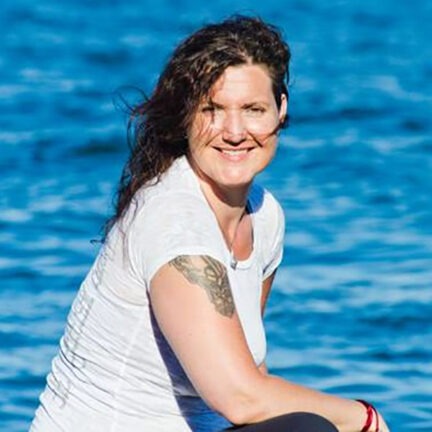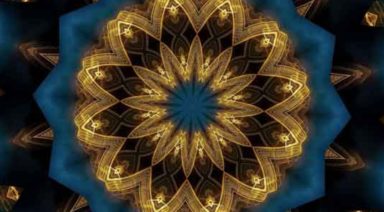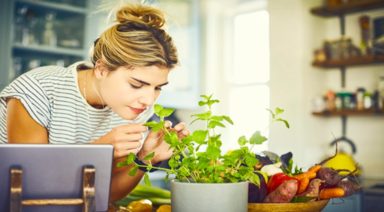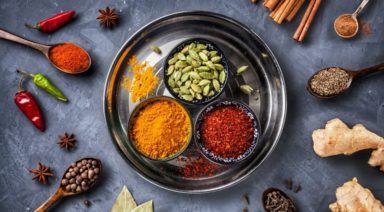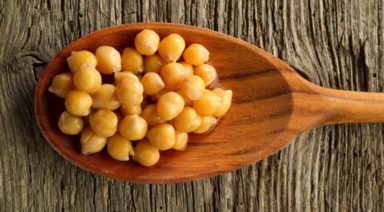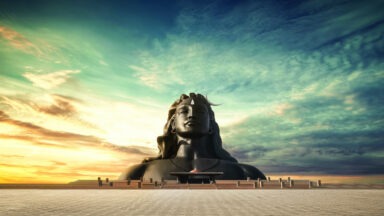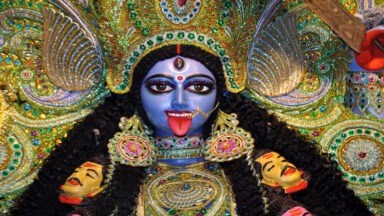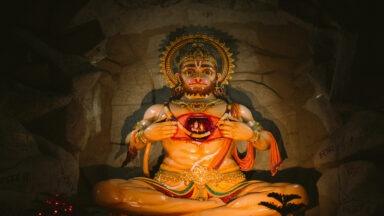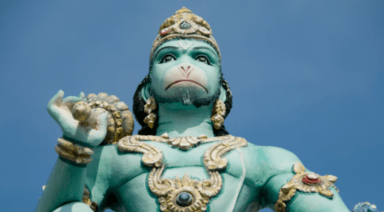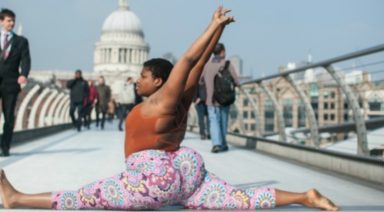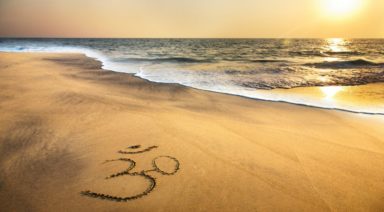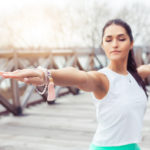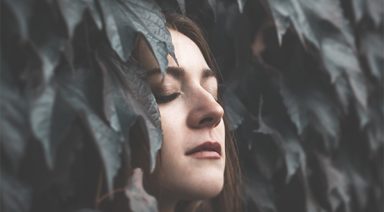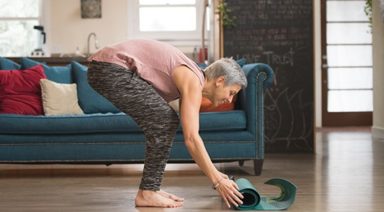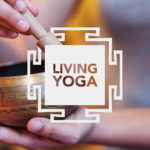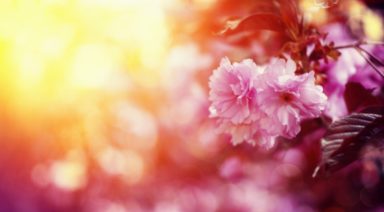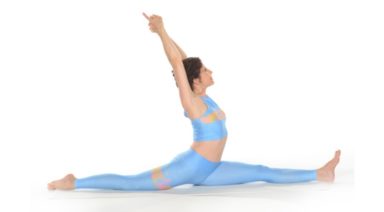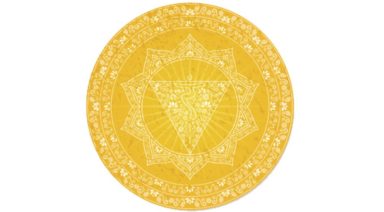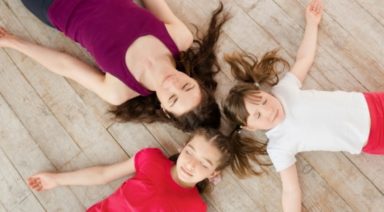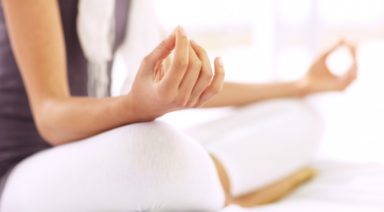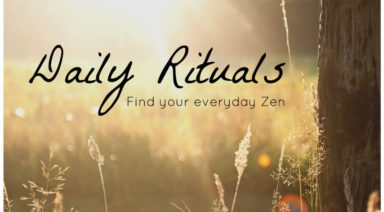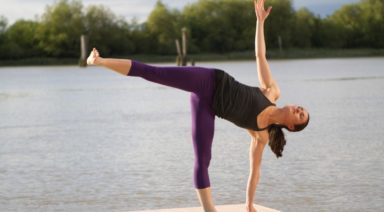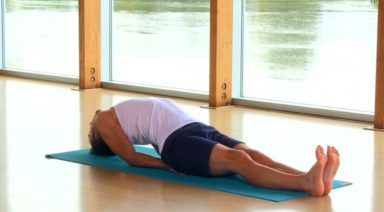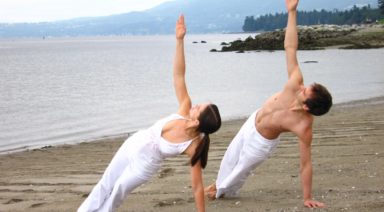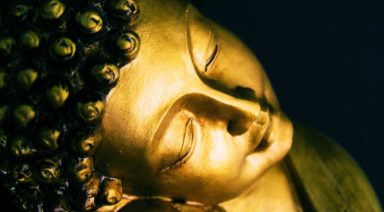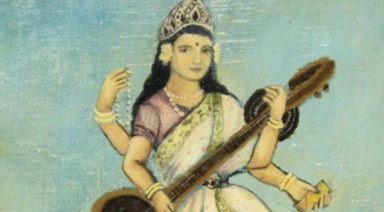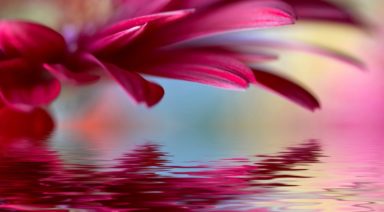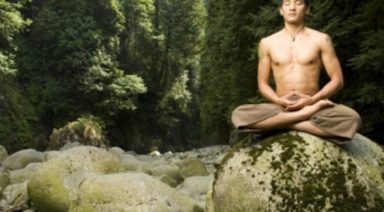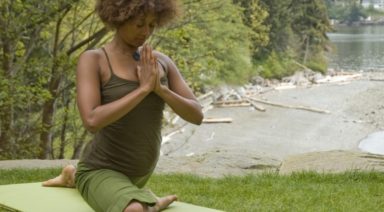7 Ayurvedic Home Remedies for Injuries and Prevention
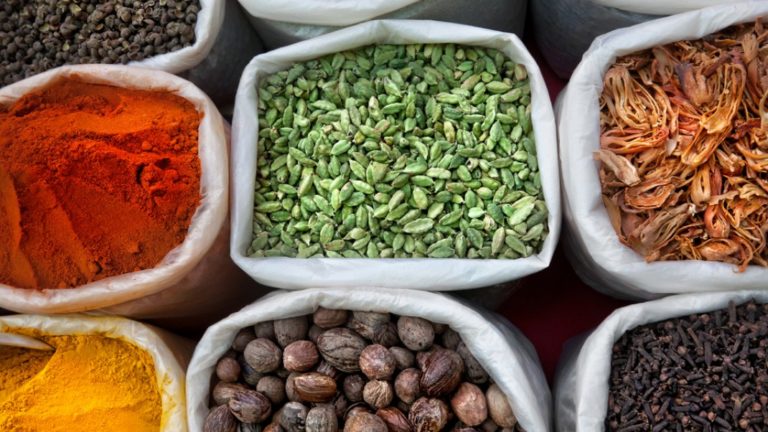
A new year has started and with each new year come resolutions of being more active, getting in shape, picking up a new gym membership or doing Yoga every day. Though these are great plans, sometimes the body isn’t quite ready or conditioned to pick up a new exercise routine without signs of muscle fatigue, spasms and cramps, or we may even walk away with a torn muscle or a sprain.
No pain, no gain is the philosophy our society has adapted to with little questioning. In circles of sports and exercise it seems that the ultimate goal is to achieve more in less time by training harder, longer, faster, more intense, and more explosive, all times of the day.
This attitude, or philosophy, also gets applied to Yoga. We have Fitness Yoga, and Yoga with weights, which focus mainly on the fitness component. But even traditions like Ashtanga Yoga or Hot Yoga are quite physically strenuous.
In the Yoga Sutras the sage Patanjali suggests to practice ahimsa, non-violence. The first Yama, or yogic guideline, wants us to do no harm against others, and ourselves. But accidents can happen, and if they do we want to recover as quickly as possible.
Here are seven home remedies to help relieve muscle pain and the discomfort of minor soft tissue trauma.
Ayurvedic Home Remedies for Injury
1. Turmeric and Bromelain
Combined, these two can help speed up recovery. The combination of Bromelain and Turmeric is known for it’s natural blood thinning and pain relieving properties and is often used for menstrual problems as well as and anti-inflammatory for painful joints. Though the use of Bromelain may not be traditional Ayurvedic treatment, Turmeric is used in many cultures as an anti-inflammatory agent, taken internally and often applied externally to reduce swelling.
2. Golden Milk
A great way to add more injury treating and preventing Turmeric to your diet is with an Ayurvedic remedy called Golden Milk. Though nearly every Ayurvedic practitioner will have a slightly different version of this drink, this is my favorite recipe:
Ingredients:
1 Tbsp unprocessed sugar cane or Succanat
1 Tbsp Ginger juice
1 Tbsp Turmeric powder
1 cup water
½ cup of Milk, Coconut-, Rice-, or Almond Milk
Directions:
Add the sugar cane or Succanat to the water and simmer until melted. Add the Ginger juice and Turmeric and simmer until ½ cup of liquid remains. Add your choice of milk and enjoy hot.
3. Ginger
Just like turmeric, ginger has strong anti-inflammatory benefits. When nursing an injury I like to increase the use of ginger in my daily habits. I add fresh ginger to my cooking and prepare a tea of 2 inches of fresh ginger, 1 tsp Lose Green Tea (or 1 teabag of organic green tea), 1 liter hot water, a squeeze of fresh lemon and raw honey to taste, in the morning which I keep warm in a thermos and sip throughout the day.
Another use of ginger is to add a few slices in your hot Epsom salt bath or put a couple of tablespoons of ginger juice in your bath. If you have sensitive skin please be careful as raw and dry ginger has a hot quality and can irritate your skin.
4. Castor oil
Castor oil packs are great in alleviating pain and help heal injuries as well as lessen the appearance of old scars. Warm a teaspoon of castor oil in your hands and massage into the area you want help with. Cover with a dishcloth or a couple of sheets of fleece to prevent staining. Then put a warm water bottle or heating blanket on top and leave on for 20-30 minutes so the oil can absorb into your skin.
Again, if you have sensitive skin do a small “patch test” first to make sure you don’t react to the castor oil.
5. Cool it
If you have a fresh injury you can apply an ice pack to counteract inflammation and swelling. Wrap the ice pack in a dishtowel so you don’t apply direct ice to your skin. Applying ice to a fresh injury can be really helpful as a first response. It will reduce blood flow to the area and numb the pain receptors. Keeping ice on the injury for too long however can hinder the healing process. So make sure you use cold treatment wisely and in alteration with heat to flush out the tissue. There are different hot-cold applications suggested for different types of injuries.
6. Pineapple and Pomegranate Juice
Both juices contain an enzyme that acts as an anti-inflammatory and anti-irritant, which speed up healing. When you feel you’ve overdone your practice and have a new pain or ache that doesn’t feel right, power up on anti-oxidants and said enzymes to support the healing process. Make yourself a juice or smoothie with lots of fresh pineapple and/or pomegranate, then add a little ginger and turmeric while you are at it.
7. Epsom Salt Baths
Epsom salt is a great help with recovery after a vigorous practice. Epsom Salts have been found in experimental studies to relieve pain and muscle cramps, relax the body and calm the mind, increase blood flow, and help muscles and nerves function properly. A twenty-minute bath with plenty of Epsom salts has been found to be equally effective as a 45-minute deep tissue massage.
Injuries are best treated when fresh. Don’t wait two days before applying heat or cold, or before starting to increase your intake of injury reducing anti-inflammatory foods. The best time to apply treatment, even self massage of the area, is right away before internal scarring of the tissue occurs and the injury settles in. When in doubt, always seek professional advice.
Please note that the above are suggested home remedies that can be very effective, yet you may need other means of physical adjustments. If you have an injury that doesn’t go away or at least get noticeably better after twenty-four hours please see a physician or sports therapist to get your injury assessed and take appropriate action.
Prevention is always better than treatment. Honor your body, know where you are, leave the ego off the mat, and if your teacher asks you to move in a way that doesn’t feel right to you, know that it’s okay to listen to your instinct and move accordingly. Pushing too far can mean a long time away from the mat and the practice you love so much.
What's your Ayurvedic dosha? Take this quiz and find out

The balance of your Ayurvedic doshas, also known as prakruti, is a key part of understanding your holistic health.
Doshas are the three energies found in nature, and also in the human body. They are broken down into three types: vata, pitta and kapha. The doshas are responsible over our bodies, minds, emotions, and thoughts. From birth, we are each individually made with a very specific blend of the five basic elements: ether, air, fire, water, and earth. That unique blend is your prakruti, or what uniquely constitutes your individual body, and can be broken down by a combination of the three doshas: vata (ether + air), pitta (fire + water), and kapha (water + earth).
The three doshas are the building blocks to understanding our prakruti, and once you understand which is your dominant dosha, you can know what your balanced state looks like. This is vital, as through this lens you can spot exactly when your body goes out of balance, and how to bring it back into balance. Humans are being of nature, constructed from the same five elements, and thus can use the opposing elements as needed to bring us back into balance.
It all hinges on knowing your doshas, however. You can get a general sense of where your dosha balance lies, and go from there to correct the problems. You can even seek out the help of an Ayurvedic practitioner, who can take a look at your insights and prescribe anything from food and herbs to a new lifestyle. Thanks, Ayurveda!
Tally up the number of v’s, p’s, and k’s you receive (standing for vata, pitta, and kapha), whichever you have the most of is your dominant dosha:
1. Physique
- v) I am a slender person and I hardly gain weight
- p) I am medium build
- k) I am well built and I gain weight no matter what I do
2. Skin
- v) My skin is dry, thin, and itches often
- p) My skin looks flushed; I have lots of moles and freckles on my body
- k) My skin is smooth and soft, it looks pale sometimes
3. Hair
- v) My hair is dry, thin and brittle
- p) My hair is neither dry nor oily (for men: I have a receding hairline)
- k) My hair is thick, full, lustrous, and slightly oily
4. Face
- v) My face is oval
- p) My face is triangular (pointed chin, prominent jaw line)
- k) My face is round
5. Eyes
- v) My eyes are small; they feel dry often and have a bit of dullness (usually brown)
- p) My eyes are medium in shape; sharp & penetrating (usually blue)
- k) My eyes are big and round in shape, full eyelashes
6. Hands
- v) My hands are generally dry, rough; slender fingers; dry nails
- p) My hands are generally moist, pink; medium fingers; soft nails
- k) My hands are generally firm, thick; thick fingers; strong & smooth nails
7. Joints
- v) My joints are small, prominent bones, and often crack
- p) My joints are medium and loose
- k) My joints are large, sturdy, with lots of muscle surrounding
8. Activities
- v) I am a very active person (always on the go, mind constantly thinking)
- p) I like to think before I do anything
- k) I am steady and graceful (I don’t like to rush)
9. Actions
- v) I walk fast and talk fast
- p) My actions are very thoughtful and precise
- k) I like a slower pace and I take my time to accomplish things
10. Sleep
- v) I do not sleep soundly at night. I tend to toss and turn. I wake up early in the morning
- p) I am a light sleeper but if something wakes me up, I can go back to sleep easily
- k) I am a heavy sleeper
11. Appetite
- v) Varies, sometimes I feel hungry, sometimes not, I feel anxious if I don’t eat
- p) I always feel hungry. If I don’t eat I get irritable and angry
- k) I don’t feel very hungry. I can go without food easily for a day
12. Bowel Movement
- v) I tend to have constipation and can go a day or two without a bowel movement
- p) I am regular and sometimes stools are loose (tend to get diarrhea)
- k) I have no problem. I wake up to go to the bathroom.
13.Voice
- v) My voice tends to be weak or hoarse
- p) I have a strong voice, I may get loud sometimes
- k) My voice is deep, has good tone
14. Emotions
- v) I am a born worrier, I often feel anxious and nervous
- p) If things don’t happen my way, I feel irritable and angry
- k) I am a happy person, very caring and loving
15. Weather Preference
- v) I love warm and humid weather
- p) I enjoy cool weather, I dislike a warm climate
- k) I like warm but dry weather
16. Sweating
- v) I sweat little but not much
- p) I sweat profusely and it might have an unpleasant odor
- k) I never sweat, unless working very hard
17. Memory
- v) I remember quickly and forget quickly
- p) I remember what I want to remember and never forget
- k) It takes me a while to remember, but once I do I never forget
18. Actions
- v) I tend to be spontaneous
- p) I am a list maker. Unless I plan, I don’t do anything
- k) I don’t like to plan, I prefer to follow others
19. Stamina
- v) I like to do things in spurts and I get tired very easily
- p) I have medium stamina
- k) I can work long hours and maintain good stamina
20. Mind
- v) My mind gets restless and racing easily
- p) I get impatient easily
- k) It takes a lot to make me mad. I usually feel very calm
21. Decision Making
- v) I change my mind more often and will take time to make a decision
- p) I can make a decision easily and stick with it
- k) I want others to make the decisions
22. Personality
- v) “Is it too late to change my mind”?
- p) “It’s my way or the highway”
- k) “Don’t worry, be happy!”
23. Sports
- v) I like action
- p) I like to win
- k) I like to have fun
24. Health Problems
- v) My symptoms are mainly pain, constipation, anxiety and depression
- p) I often get skin infections, fevers, heart burn, and hypertension
- k) I tend to get allergies, congestion, weight gain and digestive problems
25. Hobbies
- v) I like art (drawing, painting, dance) and travel
- p) I like sports, politics, and things that get my adrenaline pumping
- k) I like nature, gardening, reading, and knitting

